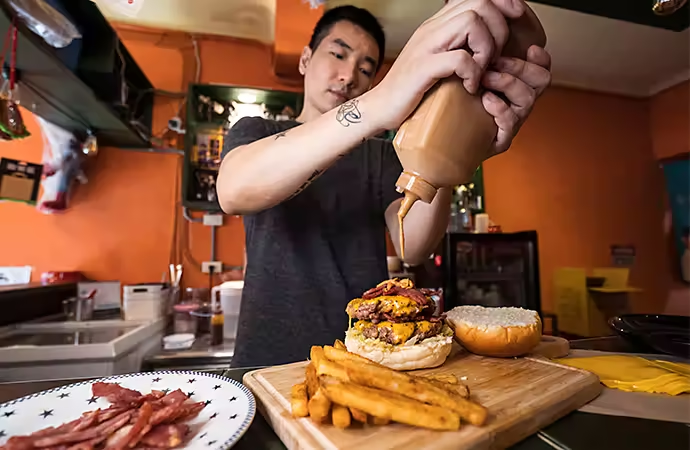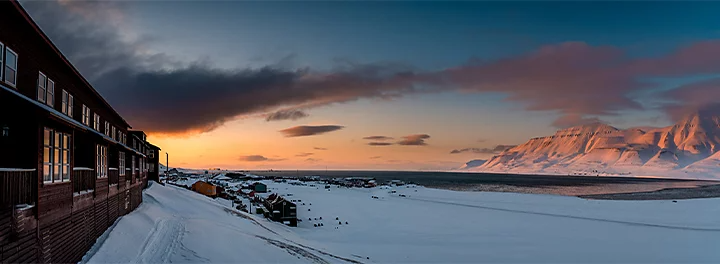Cómo conseguir los objetivos de mejor calidad
En general, los objetivos fijos superan a los objetivos gran angular con zoom, ya que constan de menos partes móviles y permiten obtener una apertura máxima superior. Pero, en la mayoría de las situaciones y aplicaciones, la diferencia es insignificante, de modo que puedes sacrificar algo de calidad de imagen en favor de la comodidad que ofrece un rango de zoom. Los objetivos con zoom estándares suelen abarcar un intervalo de distancias focales, como un zoom amplio de 16-35 mm o uno ultraamplio de 12-24 mm, por lo que se trata de una opción más versátil que limitar a una sola distancia focal.
Los mejores objetivos gran angular suelen presentar características como una apertura máxima de f/2,8 o mayor, para una profundidad de campo baja, estabilización de imagen o enfoque automático. Pueden estar hechos con un elemento asférico, con el que se logran imágenes más nítidas y se reduce la distorsión. Así, su calidad general de fabricación es superior; sin embargo, si buscas un objetivo con estas características, deberás asumir un precio elevado. Pero, no te preocupes, puedes encontrar versiones usadas de la mayoría de los objetivos por mucho menos de su precio de venta. Puede que sean antiguos, pero ten en cuenta que la calidad del cristal no se degrada. Un objetivo gran angular de primera calidad de marcas famosas de cámaras DSLR, como Canon, Nikon, Sigma o Sony, tendrá un valor de reventa asequible, incluso cuando salgan al mercado modelos más nuevos.
Sea cual sea el tipo de objetivo que busques, opta por la mayor calidad posible. “Invierte en lentes de gran calidad”, aconseja el fotógrafo Crosby Dove. “A veces el objetivo puede ser más caro más que la cámara. Supone una gran inversión, pero los objetivos conservan su valor mejor que las cámaras”, agrega.







